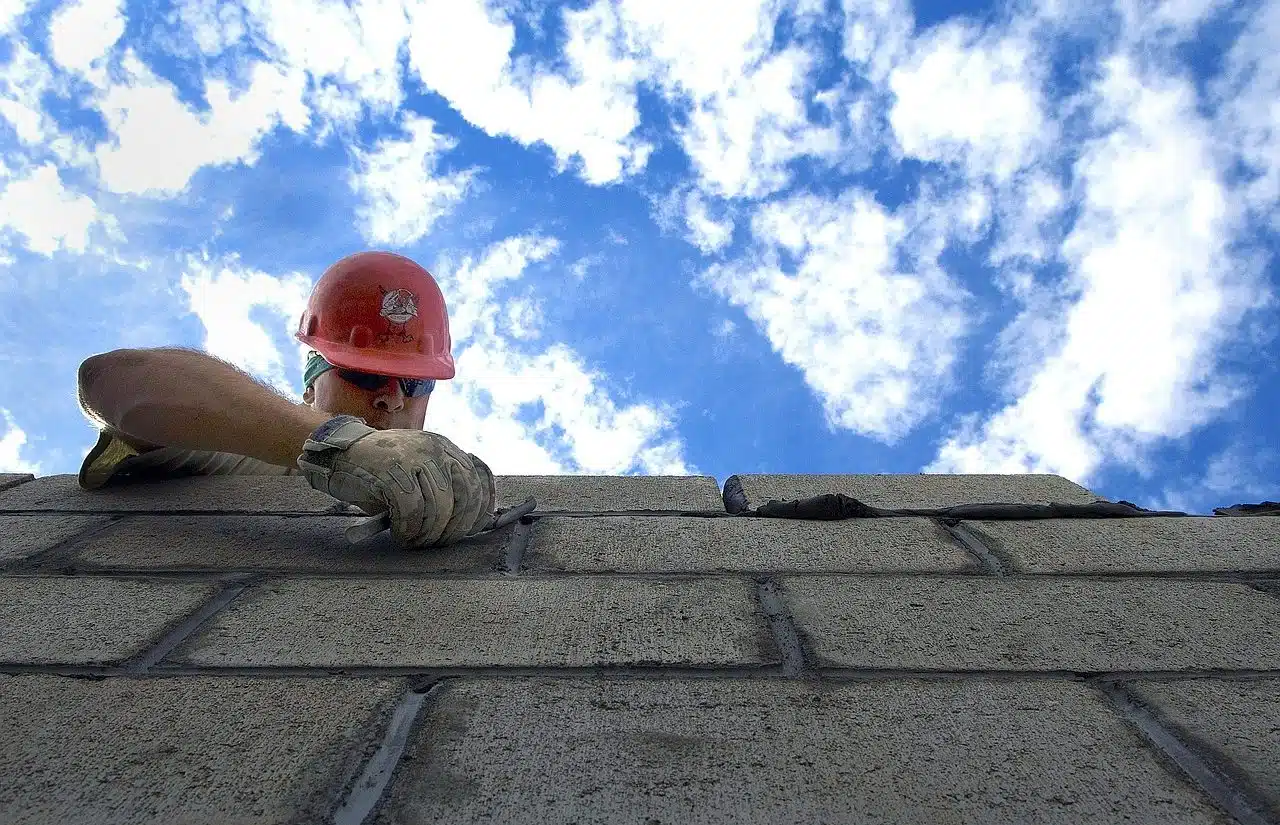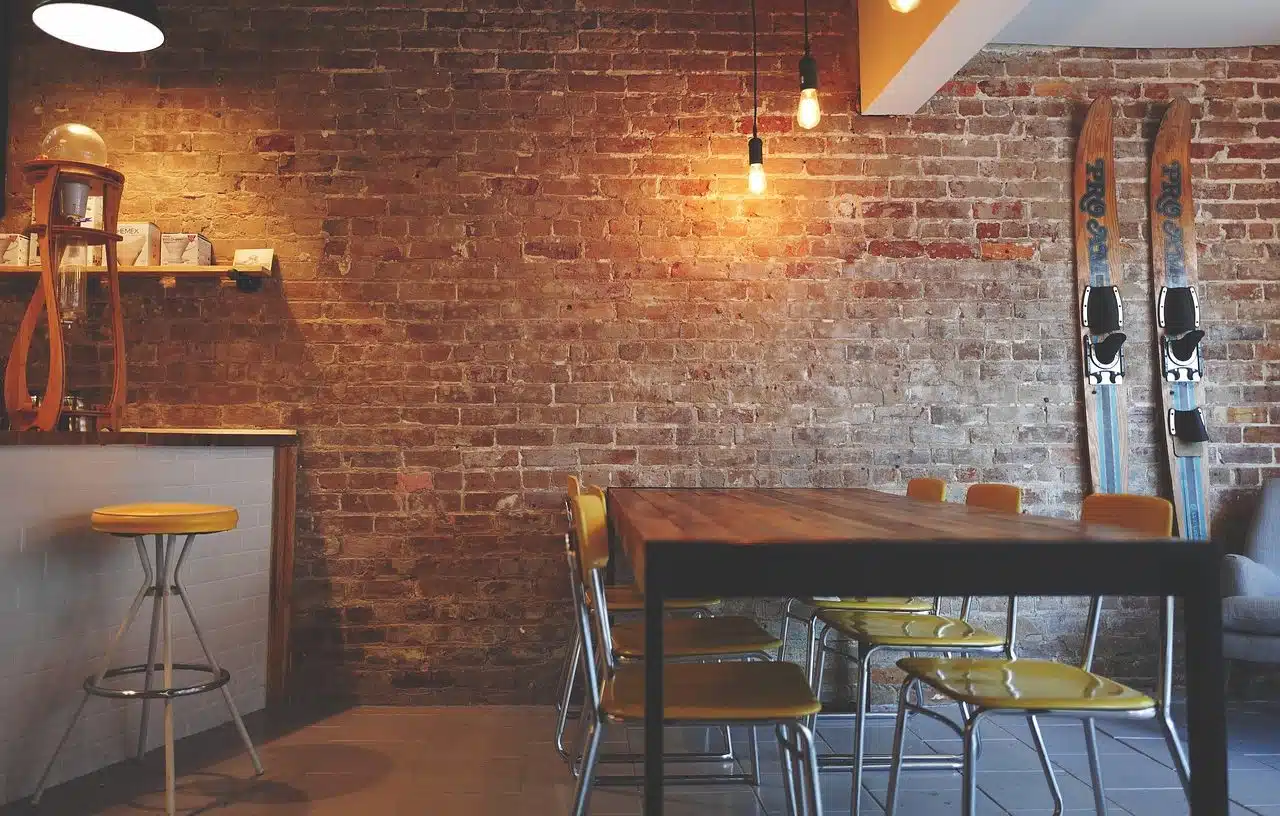
Bricks are used in construction.
A brick is a construction element, generally made with a mass of baked clay , that has the shape of a rectangular parallelepiped and that allows you to build walls and other structures. Thanks to its dimensions, a bricklayer can place a brick using only one hand, which makes the task easier.
For example: "My mother is building a brick wall to create a new room at the back of the house" , "We will need another twenty bricks to finish the job " , "The neighbor gave me a brick so I can build a flower pot for my plants .
History of brick
The use of bricks in construction began about 11,000 years ago, in the Neolithic . These were not, however, the same elements that we use today, since the materials, shapes and dimensions have been changed.
Today bricks are usually built with clay , which combines hydrated silicates of alumina, illite, kaolin and other minerals. Thanks to firing at high temperatures, clay is more resistant than adobe .
It is possible to distinguish between solid brick (which has less than 10% of perforations on its upper face or board ), perforated brick (the perforations occupy more than 10% of the board), manual brick or tile (with rough faces). ), hollow brick (with numerous perforations to reduce its weight) and refractory brick (which withstands high temperatures), among others.

Decoration with exposed bricks is common.
Its use in decoration
Brick can be considered a basic element for construction, something that must be used to create the base of a building structure and that must then be covered with various materials to achieve an even finish that meets certain aesthetic and hygiene requirements. On the other hand, fashion trends tend to be unpredictable and for a few years now, decoration with exposed bricks (also called exposed bricks ) has become increasingly popular, and there are various ways to implement it.
Brick decoration is especially versatile, since it can be used for all types of rooms (bedroom, bathroom, kitchen, living room, etc.) and even to highlight exteriors; Furthermore, this technique should not always be used on complete walls, nor is it necessary that there be clear dividing lines, but rather it can create the sensation that the wall has been worn, to add a certain spontaneous character and the passage of time.
The industrial style , to which exposed brick belongs, can be achieved in two ways, each with a different level of complexity and requirements, and also with results that point to different needs and objectives: on the one hand, the most obvious method It consists of building a wall and leaving it uncovered, or working on an existing one to expose its bricks; If you do not want to carry out such heavy work and cause so much noise and dirt, there are always imitation panels , which can be placed on a wall to simulate the desired effect.
The concept of brick in colloquial language
In colloquial language, on the other hand, a brick is something boring or heavy : "This book is a brick: I don't think I'll ever finish reading it," "Chemistry class is a brick for me."
On the other hand, this term is also used to refer to the first mobile phones , given their exaggerated dimensions compared to current models, and their robust designs; Curiously, these devices went through a time in which they increasingly sought a smaller size, until smartphones arrived and companies inevitably had to return to occupying more space in our pockets, although putting thinness above all.
When talking about professional development , the work necessary to start from a natural talent and transform it little by little into a polished and controlled skill, the term brick is often used as a symbol of each of the small pieces that must be placed with effort and dedication. to achieve our great objectives.
